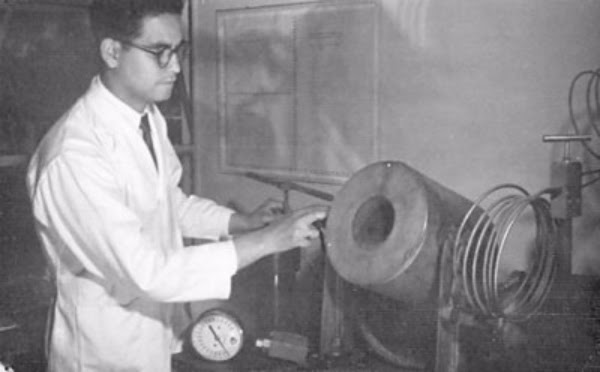Budget, Backpackers, Surfers, Beach Lovers, Naturalist, Hippie, Sun and Sand worshipers, Off the Beaten Path Paradise! Everyone is welcome at Zipolite!
Translate
A little about Playa Zipolite, The Beach of the Dead . . .
Playa Zipolite, Oaxaca, Southern Mexico, on the Pacific Ocean. A little bit about my favorite little get-away on this small world of ours.Zipolite, a sweaty 30-minute walk west from Puerto Angel, brings you to Playa Zipolite and another world. The feeling here is 1970's - Led Zep, Marley, and scruffy gringos.A long, long time ago, Zipolite beach was usually visited by the Zapotecans...who made it a magical place. They came to visit Zipolite to meditate, or just to rest.Recently, this beach has begun to receive day-trippers from Puerto Angel and Puerto Escondido, giving it a more TOURISTY feel than before.Most people come here for the novelty of the nude beach, yoga, turtles, seafood, surf, meditation, vegetarians, discos, party, to get burnt by the sun, or to see how long they can stretch their skinny budget.I post WWW Oaxaca, Mexico, Zipolite and areas nearby information. Also general budget, backpacker, surfer, off the beaten path, Mexico and beyond, information.REMEMBER: Everyone is welcome at Zipolite.ivan
Zipolite Blog Links
- Playa Zipolite
- Zipolite Entertainment, Party, Sports, Dance, Clubs, Music - - - Zipolite Entretenimiento, Fiesta, Deportes, Baile, Discotecas, Música
- Zipolite Food, Drink, Sunrise, Sunset - - - Zipolite Comida, Bebida, Amanecer, Atardecer
- Zipolite Nudist - - - Zipolite Nudista
- Zipolite ... Rentals, Camping, Hammocks, Apartments, House - - - Zipolite ... Alquileres, Camping, Hamacas, Apartamentos, Casa
- Zipolite Tours - - - Tours en Zipolite
- Zipolite Transportation and Rentals, Taxis, Bike, Moped, ATV - - - Zipolite Transporte y Renta, Taxis, Bicicleta, Ciclomotor, Cuatrimotos,
- Zipolite Yoga, Relax, Meditation, Temazcal - - - Zipolite Yoga, Relax, Meditación, Temazcal
- Budget Backpackers Off The Beaten Path - - - Mochileros económicos fuera del camino trillado
- Just For Fun ... by iVAn - - - Solo por diversión... de iVAn
- Near Zipolite - - - Cerca de Zipolite
- Travel Mexico - - - Viajes México
- ALL Playa Zipolite Blogspot Dot Com - - - TODO Playa Zipolite Blogspot Dot Com
Tuesday, June 9, 2015
Wine Festival Huatulco 2015 TodoHuatulco Con un éxito rotundo se clausuro el Festival de Vino Huatulco 2015. Bahías de Huaulco, Oax. Con la participación de Chefs y sommeliers de talla internacional, así como medios de comunicación locales, nacionales e internacionales (Fashion TV), se concluyó el Wine Festival Huatulco 2015. El vino y los platllos que ofrecieron fue de primera calidad y el servicio único y profesional. El Festival del Vino en Huatulco (Wine Festival 2015) se realiza por tercer año consecutivo en este lugar teniendo gran éxito, además de promover la cultura del vino en Huatulco. Por: TodoHuatulco
CBS RADIO MYSTERY THEATER -- "A LITTLE NIGHT MURDER" (3-13-74) David Von Pein's Old-Time Radio Channel David Von Pein's Old-Time Radio Channel
CBS RADIO MYSTERY THEATER -- "A LITTLE NIGHT MURDER" (3-13-74)
Dj Cool - The 80s The Cool Way over 6 Hours in The Mix By DJ-POWERMASTERMIX 2015
roniques By Kongfuzi Music is Life
Monday, June 8, 2015
Singing Bowl Symphony Kamibambiraptor Kamibambiraptor
Licenced Tour Guide. General Manager in Excursiones Turisticas de Valfred Oaxaca de Juárez Area, MexicoLeisure, Travel & Tourism Current excursiones turisticas de valfred Previous Yakult USA, asosiacion Costa Oaxaqueña Education Instituto Politécnico Nacional
MONDAY, JUNE 8, 2015 mexico news daily logo 1st anniversary news flashback #3! The most popular stories since we launched in June 2014
| |||||||||||||||||
| |||||||||||||||||
| |||||||||||||||||
| |||||||||||||||||
| |||||||||||||||||
|
Subscribe to:
Comments (Atom)




